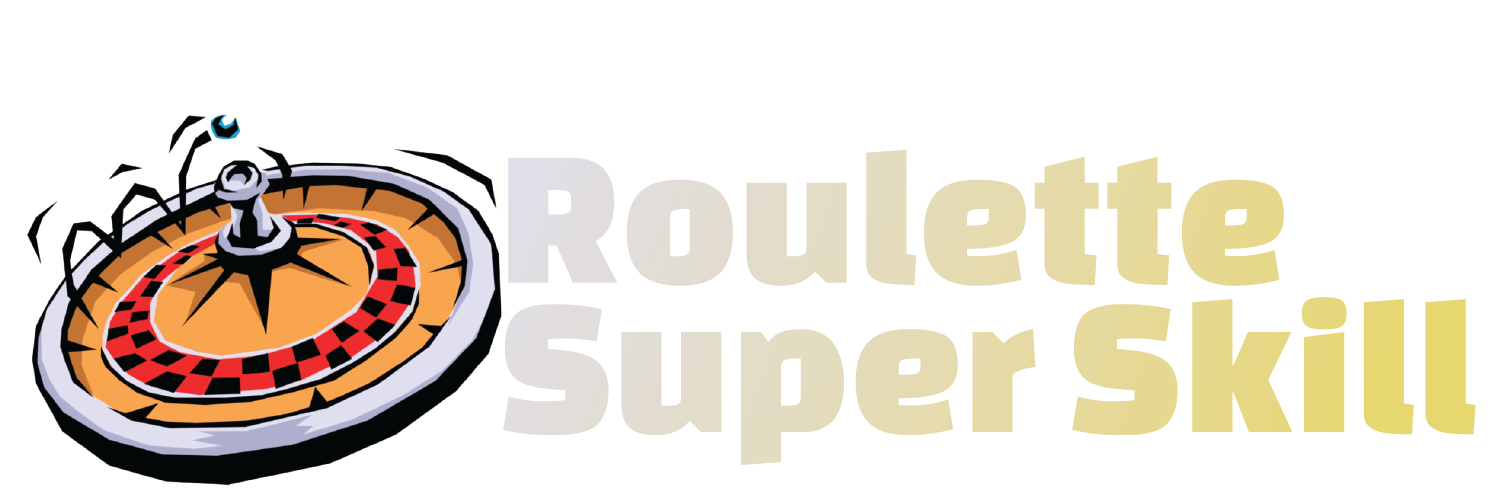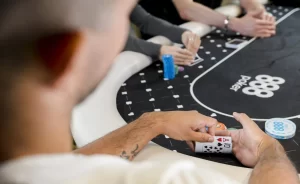
The ability to read poker tells can greatly improve your game, especially if you’re already a fundamentally sound player and understand pot odds and starting hand standards. However, it is dangerous to base major decisions on a single tell.
The key to successfully reading tells is to notice when your opponents deviate from their normal behavior. Learn how to spot tells in body language, table talk, chip moves and eye contact.
1. Eye contact
Observing your opponent’s eyes is one of the most reliable tells. If they blink or glance around, this could be a sign that they have a strong hand or are bluffing. However, if they stare straight ahead with their eyes wide open it may indicate that they have a weak hand or are planning to bluff.
Poker champion Liv Boeree also looks for rivals who splash their chips as this can be a surefire sign of a bluff. She also pays attention to their breathing patterns as this is an indicator of whether they are bluffing or holding a strong hand. Lastly, she pays attention to betting patterns and bet sizing. Online poker tells can be tricky to spot since players can be distracted by other things such as reading, watching TV, or rushing back from the bathroom.
2. Body language
When playing poker, body language can tell you quite a bit about the strength of a player’s hand. While players can voluntarily put on poker acts to disguise their tells, they can also show them by adjusting their body posture and involuntary movements.
For example, if someone looks off to their right while talking it can be an indicator that they are lying. Other body signals you should watch for include:
3. Chip movements
If you’ve ever sat down at a poker table and watched players handle their chips, you’ve probably noticed that their movements aren’t quite what they’re used to. Reaching toward their chips in a hurry usually indicates that they are ready to call or raise. Slow movement toward their chips, on the other hand, often signals that they are holding a weak hand and are trying to protect it.
While this tell isn’t foolproof, it can help you determine how strong your opponent’s hand may be. Negreanu also looks for rivals who splash their chips when they bluff, as this is a good indication that they are attempting to intimidate you into calling. The length of time they take to eye their chip stack and request a count can also indicate their hand strength.
4. Table talk
Table talk refers to any kind of casual conversation that happens while people are eating at a table. Often, it can involve topics like politics and religion and is a form of socialization among the players.
Generally, there are few limits to table talk as long as the player doesn’t berate an opponent or discuss their hand. However, players must be careful about what they say as they can unintentionally give away information with their language.
Most tells vary in reliability, but knowing an opponent’s tendencies helps a player make marginal decisions more sound. For example, if an opponent normally leans forward in their chair and squirms around while calling a bet, this can indicate that they have a strong, non-bluff hand. On the other hand, if an opponent’s tell changes suddenly and they make a hero call, it could be a sign of weakness.
5. Bets
When observing an opponent’s behavior, look for patterns that deviate from their normal behavior. Some tells are involuntary, such as trembling hands when they bet with strong hands or protecting their hole cards more than usual. Others are voluntarily put on by opponents in order to confuse observers.
Betting-related tells are generally more reliable than other tells. For example, if an opponent takes a long time to call a bet, it’s probably a sign that they have a weak hand. On the other hand, if an opponent calls a bet quickly, it’s likely that they have a strong hand. In addition, it’s important to minimize your own betting tells. This can be difficult, but it’s essential for reading poker.








